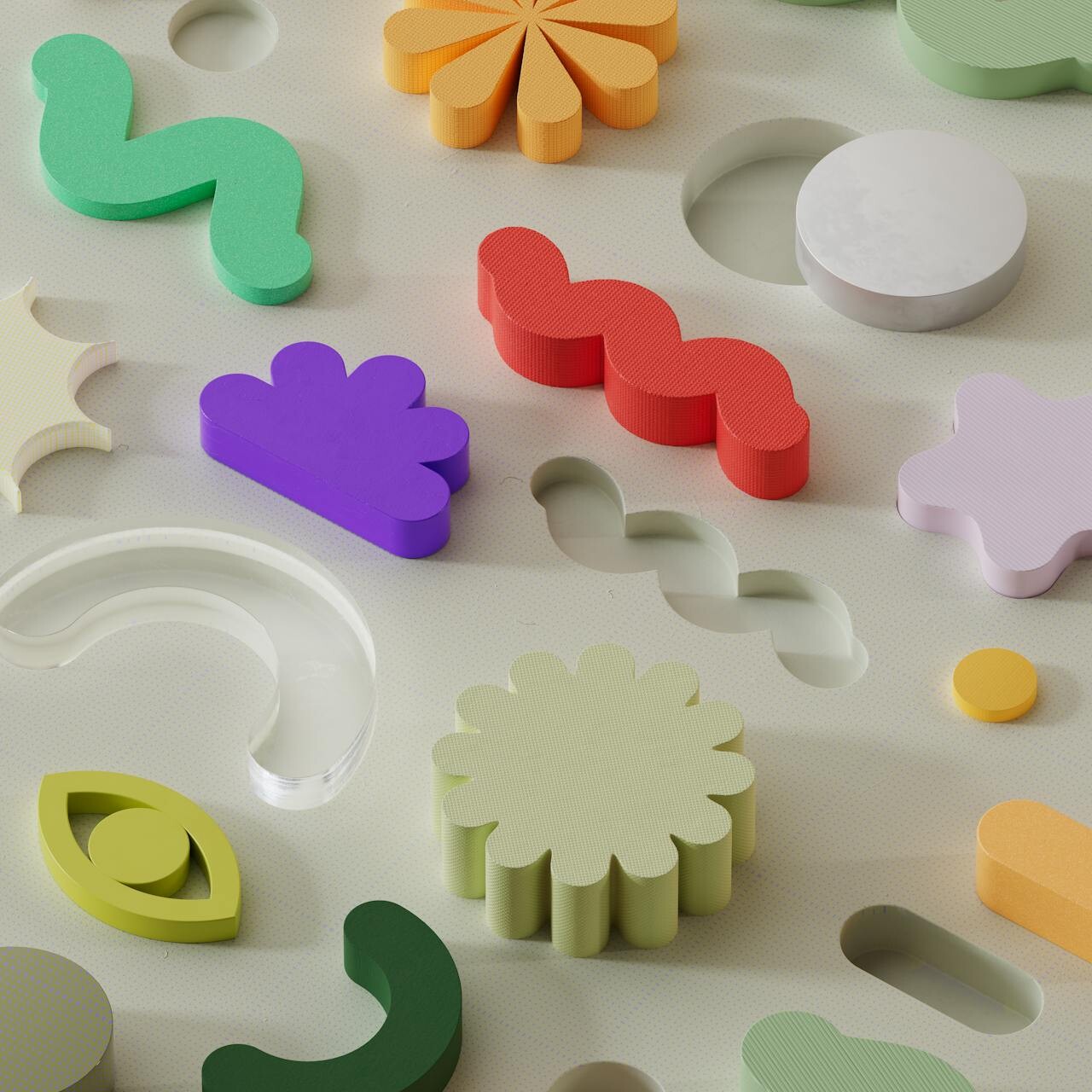Web Design UI/UX Design for Startups
For startups, a proper presentation is essential for building brand awareness, attracting partners, and making a big splash in the marketplace. That’s why many startup companies focus on creating a “pretty” website. However, many end up missing the key design elements to bring in new business. The two elements that are important is the user interface and user experience.
The user interface is more important for startup companies that are planning to launch a product into the marketplace. The user interface of the website creates a big first impression and will give insight into the product or service, especially if the product is an application. Basically, UI will play a big role in getting visitors to learn more about their company.
User experience (UX design) is the bigger part of the picture that encompasses everything else. The experience that users have on your website will affect your credibility and reputation, which are very important as a new company. Having things like an intuitive navigation menu, fonts that are easy to read, and mobile compatible design are just some of the things that will contribute to a positive experience.
What are some tips for startups that want to implement UI/UX design the right way?
First, use straightforward text. Use a big and visible headline that appeals to your audience. Use a font that’s unique but has high readability. You can look to some minimalistic designed websites for examples of great fonts. Then, use clear call to actions to get users to click where you want them to go, sign up to your email list, and whatever action you want them to take.
Second, design with an organized, consistent, and intuitive framework. The navigation will probably be constant throughout your site. You want to make sure that it’s easy to understand and use. You should dedicate a good amount of time to making sure you get this right.
Third, keep on testing. There isn’t a magic formula for perfect UI and UX. Test as many elements as you can and keep track of your statistics to figure out what works best. Designing an effective website is about going through the constant cycle of failing and adjusting through releases that we call versions.
Fourth, design for engagement. You want to grab the attention of users and get them hooked. Your site shouldn’t serve as a digital business card or company encyclopedia. Aim to hit the mark with your headline and content, tell an intriguing story about your brand, and make your website interactive.
Finally, make it responsive. More users are browsing the web with mobile devices. With responsive design, you’ll be able to deliver an outstanding user experience across all platforms and devices. You’ll also save money since you won’t have to promote both your main site and mobile site.



